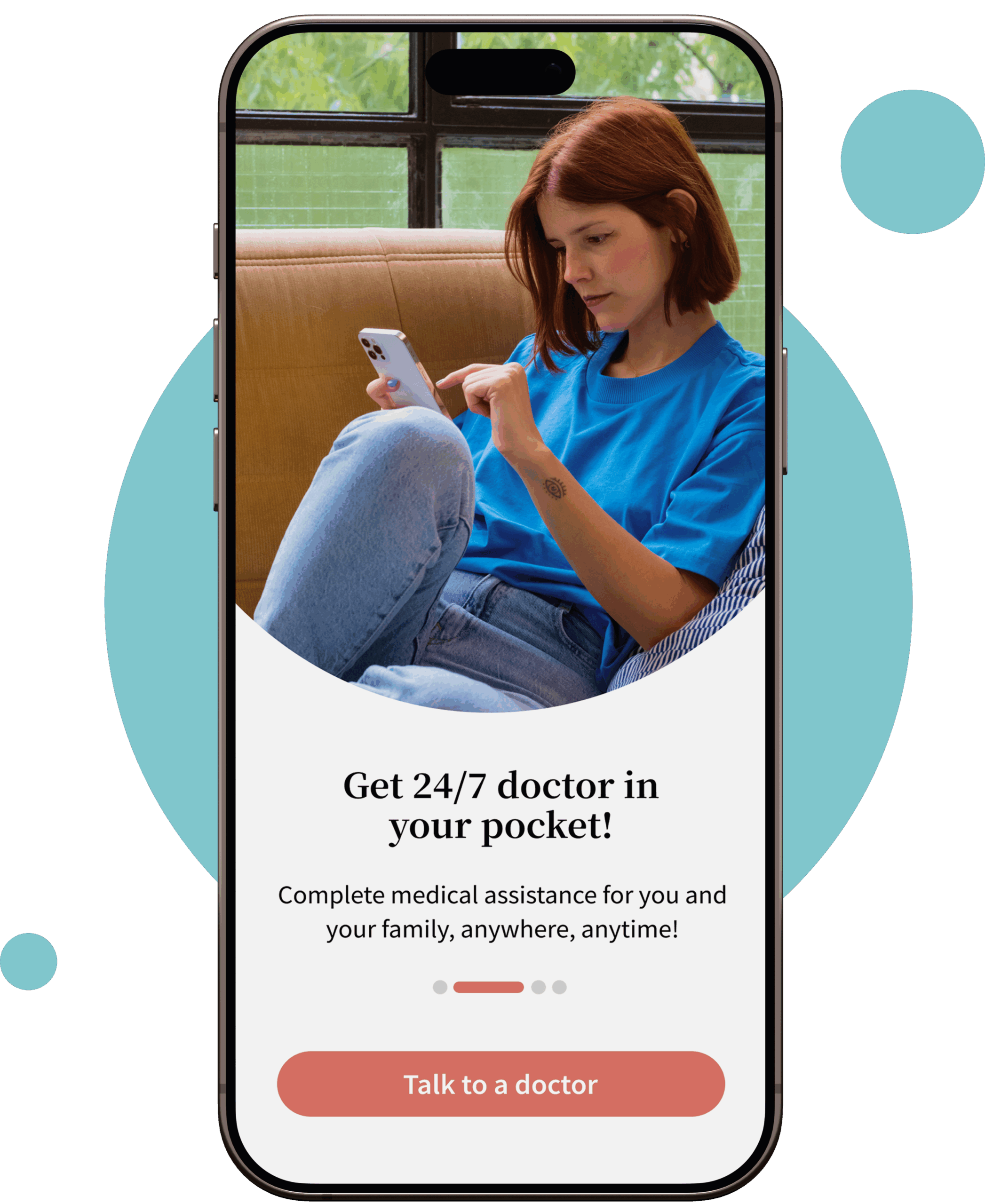Table of Contents
ToggleOverview
A stye, also known as a hordeolum, is a bacterial infection affecting the sebaceous glands of the eyelid and is contributed by Demodex mite which lives on the surface of eyelids. While generally harmless, styes can be visually unappealing and cause discomfort. The infection is commonly introduced by bacteria, with Staphylococcus Aureus being responsible for 90-95% of cases. Styes may manifest externally at the base of an eyelash or internally within the eyelid, leading to redness, swelling, tenderness, and possible discharge or pus.
Although most styes resolve within a week or two without treatment, severe or recurrent cases may necessitate topical and oral antibiotics. If reoccurrence is observed, consulting with an optometrist is recommended to rule out underlying issues.
How to get rid of a stye?
Most individuals experience one to two stye episodes in their lifetime, with the highest incidence between ages 30 and 50. Here are some of the options for the treatment of stye on the eyelids:
1. Prescription Medications
Your healthcare provider may prescribe antibiotic eye drops or a topical cream for your eyelid. In severe cases, oral antibiotics may be recommended if the infection persists or spreads. Stye treatment is usually either an eye drop or an ointment. The eye drops are applied directly to the eye, and the ointment is applied directly to the affected area. Some of the stye medicines are as follows :
- Chloramphenicol eye drops and eye ointment (applied directly to the affected area) protect the eye against bacteria. It is also available in oral formulation upon prescription from your doctor.
- TobraDex (tobramycin/dexamethasone) is a combination eye medication that’s used to treat and relieve signs and symptoms.
- Your healthcare provider might prescribe an erythromycin ointment, a topical antibiotic, for a specified duration. Follow-up visits may be recommended to monitor progress and ensure proper healing.
2. Surgery
A minor surgical procedure may relieve pressure and drain pus for styes that do not resolve. If a stye persists beyond two weeks or recurs, consulting with a healthcare provider, optometrist, or ophthalmologist is advised to prevent potential chronicity.
If your stye persists even after warm compresses and antibiotics, It is advised that you see a doctor and discuss incision and drainage. This procedure is done in a doctor’s clinic in a sterile environment. After giving a local numbness injection to your eyelid, the doctor makes a small incision and drains the fluid debris and pus. The material that’s removed is usually looked at under a microscope to verify it’s not a very rare but treatable cancer known as sebaceous carcinoma.
Sometimes, a stye doesn’t fully resolve and your body walls it off to contain the inflammation. This can form a painless lump on your eyelid, a chalazion. In most cases, this, too, shall heal independently without treatment.
3. Over-the-counter (OTC) Medications
If the stye causes pain, over-the-counter anti-inflammatory medications like Advil (ibuprofen) or Bayer (aspirin) can be taken as directed to alleviate discomfort. Avoid giving aspirin to children under the specified age. While limited evidence supports topical antibiotic ointments, over-the-counter products like Polysporin can be considered for additional relief.
4. Home Remedies
In case of minor stye infections, home remedies can help ease the symptoms. Here are some of the home remedies that work for stye in the eye:
1. Warm Compress
Applying a warm compress is a safe and effective home remedy. Soak a clean cloth in warm, filtered water, place it over the closed affected eye for 10-15 minutes, and repeat 2-4 times daily. Massaging the stye afterward can aid in unplugging the oil gland, promoting quicker healing and reducing pain. A warm compress is the primary home remedy for a stye. A warm compress can:
- Liquify the hardened material in a stye, allowing it to drain
- Draw the pus in an external stye to come to a head before bursting
- Unclog the gland, providing a drainage route for the pus and debris, especially in internal styes
The American Academy of Ophthalmology advises using a compress for 10 to 15 minutes, three to four times a day if you have a stye. Using a compress daily can prevent a new or recurring stye, if you’re prone to getting them.
A small amount of blood may be present in the drainage, which is normal. If there’s a lot of blood, see a doctor right away.
2. Tea Bags
Although some advocate using warm, soaked tea bags as a compress, scientific evidence still needs to be provided. While it operates on a similar principle as a warm compress, the short duration of heat may limit its effectiveness, and the acidic nature of tea can cause discomfort.
3. Aloe Vera
Known for its soothing, antibacterial, and anti-inflammatory properties, aloe vera gel can be applied to the closed, infected eyelid for about 20 minutes.
4. Coconut Oil
With its anti-inflammatory, antibacterial, and antifungal properties, coconut oil can be applied with a cotton swab or clean finger. Wait 15 minutes before rinsing with warm water, and repeat 3-5 times daily.
5. Vitamin E Oil
Renowned for its healing properties, vitamin E oil can be gently massaged onto the stye to reduce pain and inflammation, expediting healing.
While home remedies can offer relief, persistent or severe cases may necessitate professional medical attention.
How to Prevent Styes?
To minimize the risk of developing styes, adopt a consistent and thorough facial hygiene routine. Follow these detailed steps:
- Hand Hygiene: Wash your hands meticulously and regularly before touching your face and eyes. Prioritize hand hygiene both before and after handling contact lenses.
- Contact Lens Care: Clean your contacts using recommended disinfectants and lens cleaning solutions. Dispose of daily wear or other “limited use” lenses according to your eye care provider’s schedule.
- Facial Cleansing: Wash your face before bedtime to remove dirt and makeup, reducing the likelihood of stye formation. Discard eye makeup every two to three months. Never share eye makeup, particularly mascara and eyeliner.
- Minimize Eye Contact: Avoid unnecessary touching or rubbing of your eyes.
- Allergy Management: Take prescribed medications to alleviate itchiness from hay fever or allergies.
- Address Underlying Conditions: Treat blepharitis, rosacea, seborrheic dermatitis, meibomian gland dysfunction, and other underlying conditions if you have any.
- Contact Lens Guidelines: Keep your contacts clean and disinfected. Wash your hands thoroughly before touching your contacts. Never reuse disposable contacts. Temporarily refrain from wearing contact lenses.
Following these guidelines can effectively reduce the risk of stye development and maintain optimal eye health.
What are the Stages of a Stye?
Most stye lasts from a few days to two weeks before beginning to heal. Stages of stye eye may be described as:
- Early Stage: In the beginning stage of the eye, patients experience discomfort, pain, and general inflammation in the affected area. During this stage, the stye begins as a red, tender bump and looks like a small pimple in the eyelid.
- Middle Stage: Stye comes to a head (clear or yellow fluid collects in the stye) in about three days.
- Final Stage: Stye breaks open drains and heals in about a week.
Consult a doctor
If you notice the persistence of a stye beyond a few days, blood drainage, swelling, a sense of malaise, or the presence of multiple styes, it is advisable to consult a doctor. Additionally, increased swelling or new signs of infection may indicate the development of a severe condition that needs immediate medical attention.
Furthermore, seek immediate medical help if you experience any blurring of vision or encounter visual difficulties. Swelling and redness around your eyes, which indicates periorbital cellulitis, also require an urgent visit to a healthcare professional, as it may suggest the infection has extended to the skin surrounding your eye. While styes often resolve independently, consulting a doctor in these situations ensures a thorough evaluation and appropriate intervention, addressing any potential complications of this common eye condition.
FAQs About Stye Answered By Your Doctors Online Team
While styes are not contagious, bacteria can be transmitted through infected makeup. It’s crucial never to share your makeup, particularly items like mascara and eyeliner. They go away with proper treatment and medications.
The stye on your eye can last from a few days to around two weeks, depending upon the severity of the infection. Either antibiotic can dry out the pus or debris in the stye, or applying a warm compress can also help unclog the blocked pore. In any case, don’t pop or squeeze it deliberately.
Yes, stress can contribute to the development of stye due to lack of sleep and increased pressure on the eyes. Moreover, poor hygiene can also increase the risk of contracting the stye. Underlying health conditions can also cause the development of stye due to inflammation of the eyelids.
Stye is caused by the growth of bacteria in the blocked pores in the eyelids, just as the pimple develops anywhere on the skin. Therefore, when the pore of the oil gland gets clogged, the bacteria grows and causes stye development.
If the stye pops on its own, releasing the pus and the debris, the swelling will also disappear. It is more like a pimple bursting open as a natural defense mechanism of our body.
Antibiotic eye drops like chloramphenicol, erythromycin, and tobramycin can help ease the symptoms and eliminate the bacterial infection causing stye. Consult a doctor for the right treatment course for your condition.
If the inflamed oil gland blocks entirely, it can cause the stye to become chalazion, which can blur your vision if it gets large. Moreover, styes worsen in the presence of Demodex mites found on the skin, which can cause serious eye infections called blepharitis.
Benadryl is an antihistamine that reduces the symptoms like inflammation, itching, swelling, and pain caused by stye. It can be given to a child every six hours for effective results.







